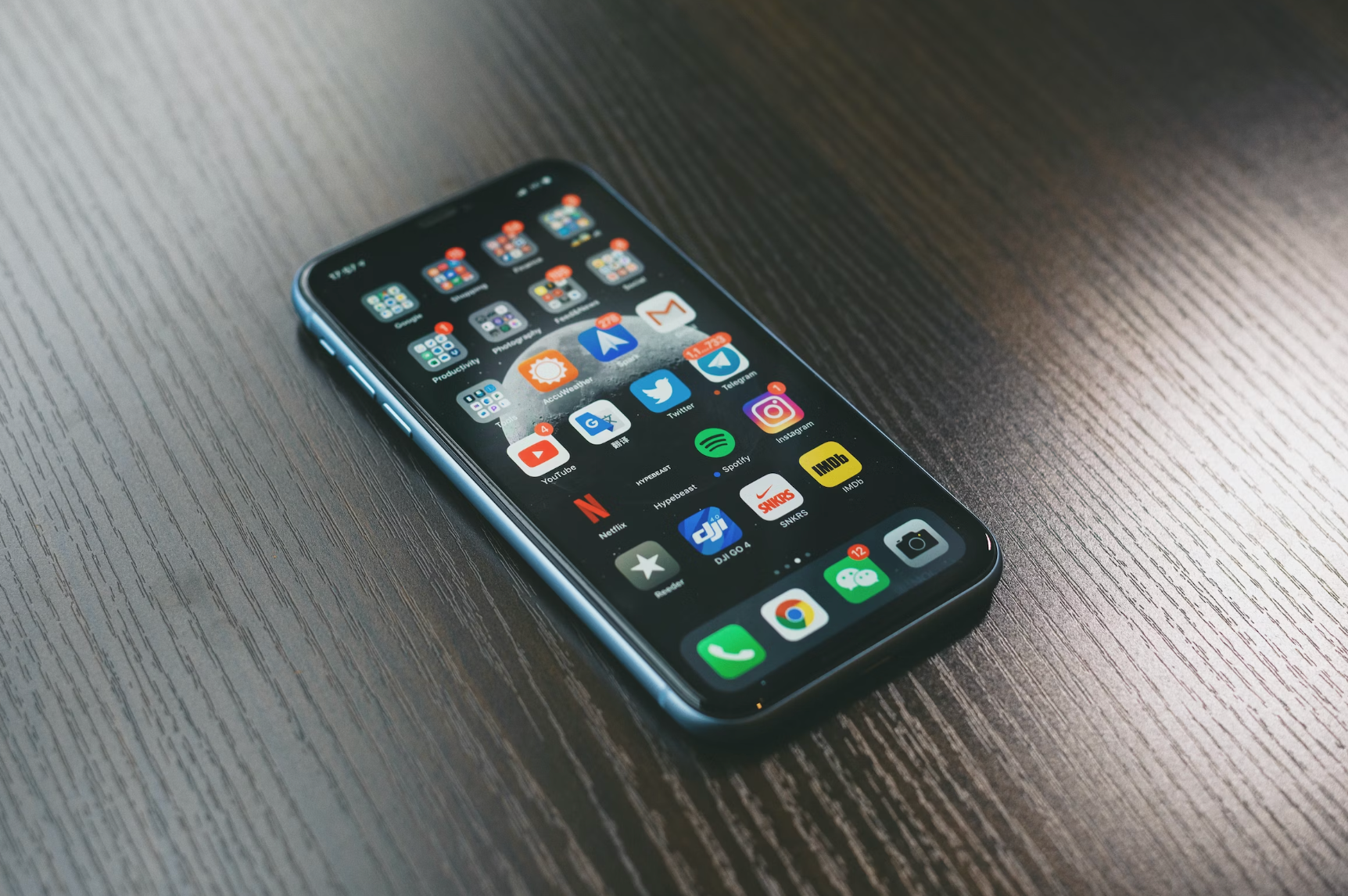News
Article
Smartphone Notifications Helps Prevent Missed Doses for Gout Medication
Author(s):
The 2 groups—the active control group who received smartphone notifications about general health advice and the intervention group who receive notifications on adherence-targeted information—did not have significant differences in serum urate levels.
Credit: Unsplash

A smartphone notification goes a long way—a new study found patients with gout who received notifications about either general health advice or medication adherence remembered to take their medication dose more often—and found taking their medication was more convenient.1
According to the American Medical Association, patients do not take their prescribed medications about half of the time—leading to consequences for patients with chronic disease.2 In fact, > 80% of patients occasionally miss their medication dose.3 More recently, Centers for Disease Control and Prevention (CDC) reported > 9 million adults are not taking their prescribed medications due to cost reasons.4
Beside cost, other underlying reasons people miss their doses is fear of side effects, misunderstanding (if they don’t understand why they need the medicine or the time it takes to see results), too many medications, lack of symptoms, mistrust (maybe they heard something about the medicine on the news), worry (such as concern about becoming dependent on a medicine), and depression.2
With smartphone notifications, patients can be reminded to take their dose—and why it is crucial for them to take it.
“Patient reminders and notifications can help individuals manage their health and healthcare goals by alerting them to schedule medical visits and screenings, reminding them how to take complex medical regimens, and serving as a liaison between patients, providers, and the healthcare system,” wrote the Agency for Healthcare Research and Quality on their website.5
Over 3 months, the investigators, led by Yasaman Emad, PhD candidate, of the department of psychological medicine from University of Auckland in Auckland, New Zealand, tracked the groups, studying how a study application on their smartphones helped with their gout management.1
The 52 patients took the same medicine of allopurinol. Patients were randomly assigned to either active control (n = 24) or intervention group (n = 28). The active control group received notifications about general health advice, and the intervention group received adherence-targeted notifications.
The team calculated the feasibility and acceptable of the smartphone application via semi-structured interviews. Emad and colleagues assessed adherence rates through serum urate levels and missed doses at either baseline, 3 months, or 6 months (follow-up).
The smartphone application received positive feedback. Participants were satisfied with the application’s user-friendliness and acceptability. Both the active control and intervention group had significant reduction is missed doses over time (P < .01). As for serum urate levels, the investigators observed no significant differences between the groups. Participants in the intervention group reported the notifications made it more convenient to take allopurinol and expressed higher treatment satisfaction than the active control group.
“Adherence-targeted notifications have the potential to be an effective and scalable approach to supporting medication adherence in gout patients,” the investigators wrote. “Further research is needed with larger samples to refine the components of the intervention and explore its optimal implementation.”
References
- Yasaman Emad, Nicola Dalbeth, John Weinman, Trudie Chalder, et al. Can Smartphone Notifications Help with Gout Management? A Feasibility Study. The Journal of Rheumatology November 2023, jrheum.2023-0711; DOI: 10.3899/jrheum.2023-0711. https://www.jrheum.org/content/early/2023/11/10/jrheum.2023-0711. Assessed November 20, 2023.
- 8 Reasons Patients Don't Take Their Medications. American Medical Association. February 22, 2023. https://www.ama-assn.org/delivering-care/patient-support-advocacy/8-reasons-patients-dont-take-their-medications. Accessed November 20, 2023.\
- I’ve Missed a Dose; What Should I Do? Medsafe. May 2003. https://www.medsafe.govt.nz/profs/PUarticles/missed.htm. Accessed November 20, 2023.
- Characteristics of Adults Aged 18 – 64 Who Did Not Take Medication as Prescribed to Reduce Costs: United States, 2021. Centers for Disease Control and Prevention. June 2023. https://www.cdc.gov/nchs/products/databriefs/db470.htm. Accessed November 20, 2023.
- Patient Reminders and Notifications. Agency for Healthcare Research and Quality. https://digital.ahrq.gov/ahrq-funded-projects/patient-reminders-and-notifications#:~:text=Patient%20reminders%20and%20notifications%20can,providers%2C%20and%20the%20healthcare%20system. Accessed November 20, 2023.




